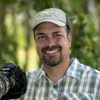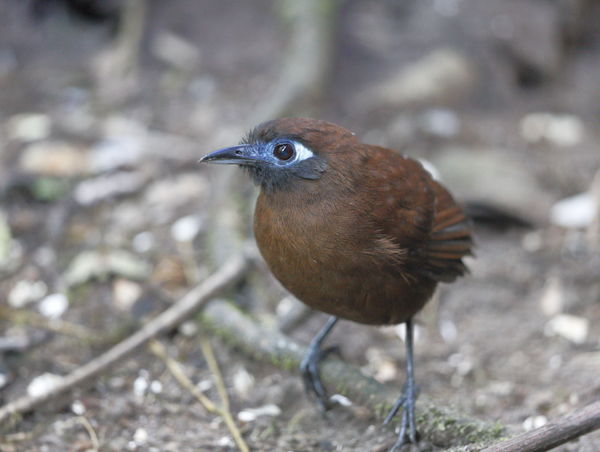Picture quality for bird photography
Dec 19, 2018 08:54:49 #
dpullum wrote:
For Birding google Stokes Birding. Ms Stokes is a professional and praises the Canon SX50 vs her heavy equipment.

Dec 19, 2018 09:08:40 #
bajadreamer wrote:
I have shot extensively with both cameras. Certai... (show quote)
So you have found the FF better for shooting birds at dawn, dusk and night?
Dec 19, 2018 09:11:11 #
For me, low light sensitivity is everything. Working in poor light (canopies, dawn, disk) whilst being restricted to low ISO leads to wide open lenses and low shutter speeds - blur or out of focus images -> discard pile. Some of my best best shots have come from a D3S (12 mpix, less than most phones). Particularly important because of the unaffordability of wide aperture f4 lenses. Potoo was in the dark, soft LED illlumination at ISO 12800, 1/80th of a second (phew!). Malachite kingfisher at a more sane ISO 3200. Jacamar at a very luxurious ISO 1600.
Originals at http://rjbwild.smugmug.com (sorry, only screengrabs, as I'm in work).
I have a D850 now, but I stall hanker after a D3S again. I'm not the only one, as prices don't seem to be coming own that quickly! The only camera I ever regret letting go.
Originals at http://rjbwild.smugmug.com (sorry, only screengrabs, as I'm in work).
I have a D850 now, but I stall hanker after a D3S again. I'm not the only one, as prices don't seem to be coming own that quickly! The only camera I ever regret letting go.
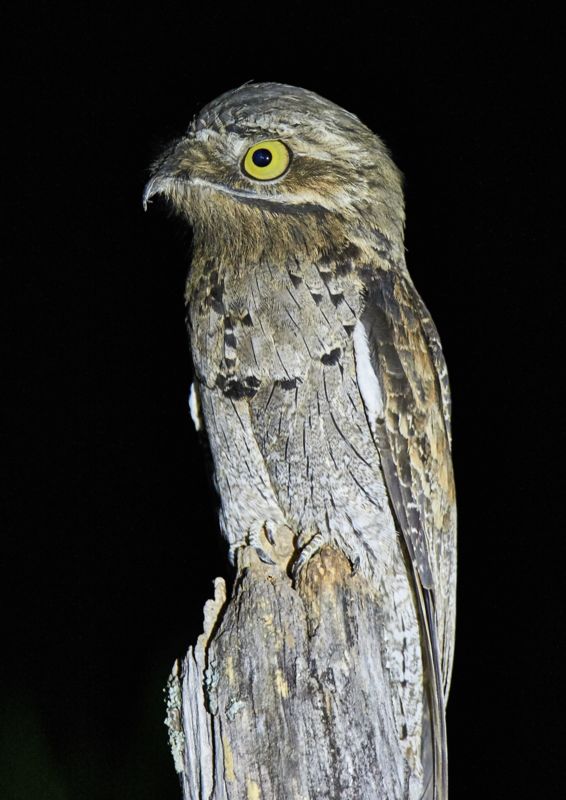
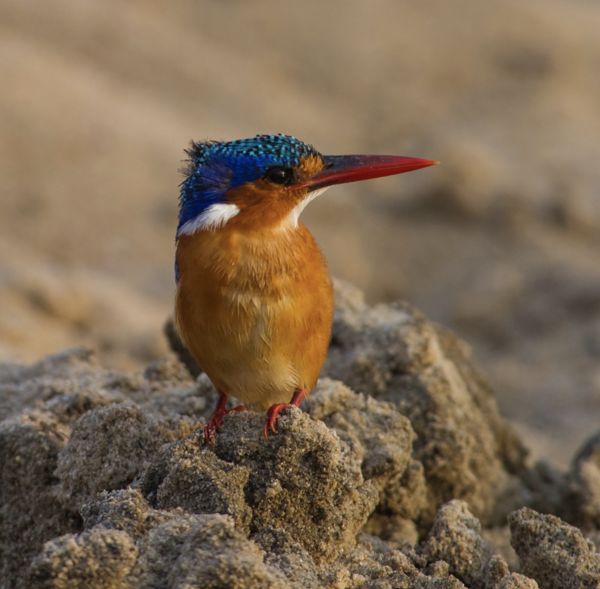
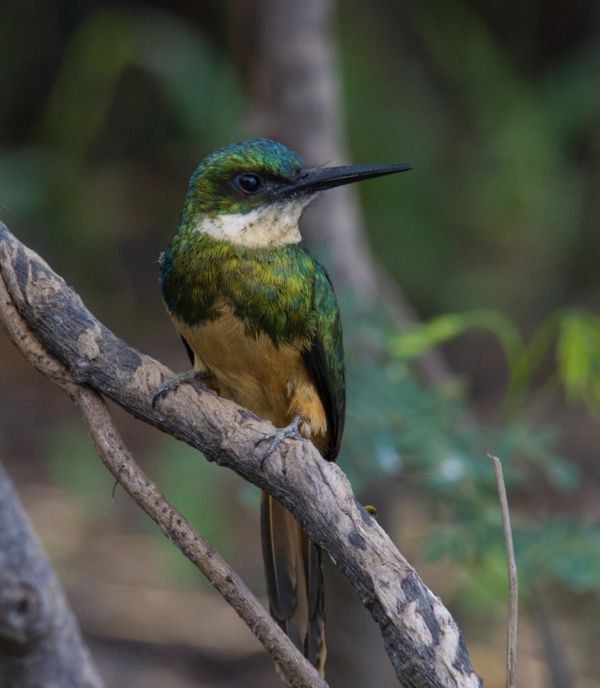
Dec 19, 2018 09:11:30 #
Steve Perry wrote:
The crop camera will be better than cropping the full frame camera. I did a test with that scenario and you an see the results for yourself here:
https://backcountrygallery.com/cropping-full-frame-vs-shooting-a-crop-camera/
https://backcountrygallery.com/cropping-full-frame-vs-shooting-a-crop-camera/
What is the affect of taking a full frame (d850) and setting the image area to DX size? Is there a button that can be programmed to do this on the fly outside of the menu system?
Dec 19, 2018 09:31:17 #
dsmeltz wrote:
Problem with this analysis is that there was no at... (show quote)
I think you have the reason I did the analysis backwards :)
I've been shooting wildlife for over 35 years now, and the last decade or so I've been using a combination of crop and full frame for my wildlife - birds included - photography. The purpose of the analysis was to show in a repeatable way what I've experienced with crop and full frame cameras in the field for over 10 years now. And the analysis is 100% spot on with my field results.
Much of what you refer to as far as differences comes down to pixel density and that can be a problem. Techniques that are just "good enough" for a full frame camera's lower pixel density will often fall short with a crop camera, leading to poor results. However, in my experience with proper skill and technique, you absolutely can get better results with a crop camera than a full frame camera of lower pixel density. In fact, I've often shot with crop cameras that were of far less capability than the D4 or D5 I had sitting in the bag simply because I knew the high pixel density would yield a better photo, and was proven correct time and again. If it wasn't the case, I simply wouldn't do it - I rely on this for my living, so if I thought cropping full frame was better, I'd absolutely do it.
Maybe it's different of Canon and maybe the 7DII is just a terrible camera, but I also know a guy who leads workshops in FL - birding workshops - and uses both a 7DII and a 1DX MKII and uses his cameras just like I do - switching to the higher pixel density one as needed.
Don't get me wrong, if you're filling the frame or very nearly so, take the full frame camera every time - and that's what I always try to do (I really don't shoot a lot of crop cameras, preferring instead to fill the frame the way I want on full frame). However, I've always seen better results switching to a crop camera vs doing the same crop on full frame.
Below are some shots from DX cameras where I needed the pixel density. Many have been published (even 2 page spreads) and I've sold quite a few prints from them. The first is the D7000, the next three are the D7200, the next one is a D7500 (I don't use it much, good camera though, and the remainder are from the D500. Many of these are in excess of ISO 2500, the hummingbirds were ISO 4000.
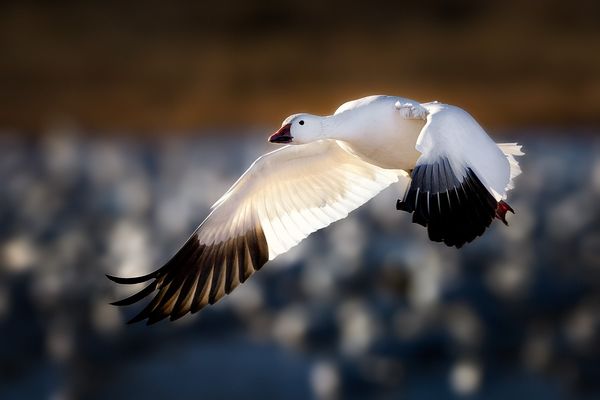
(Download)
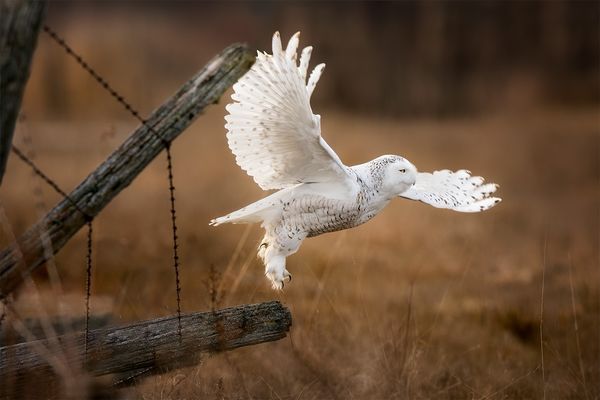
(Download)
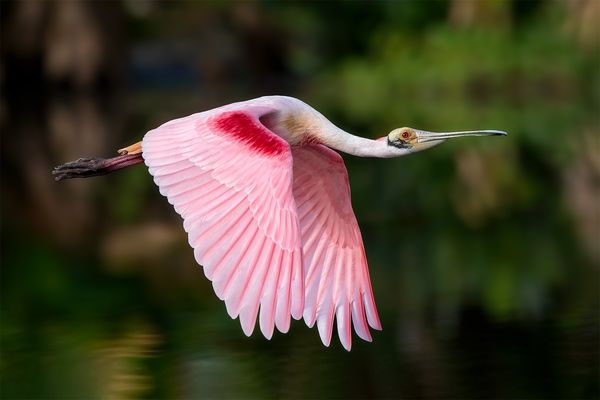
(Download)
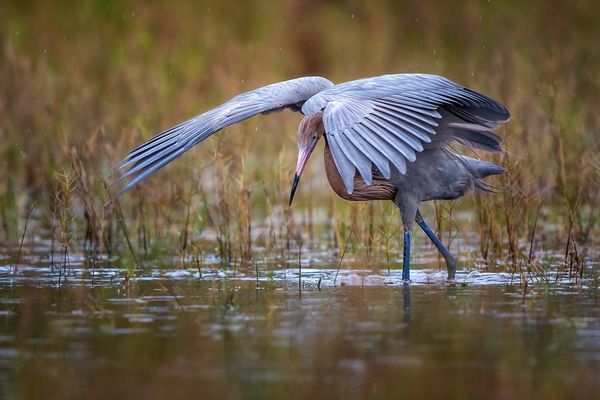
(Download)
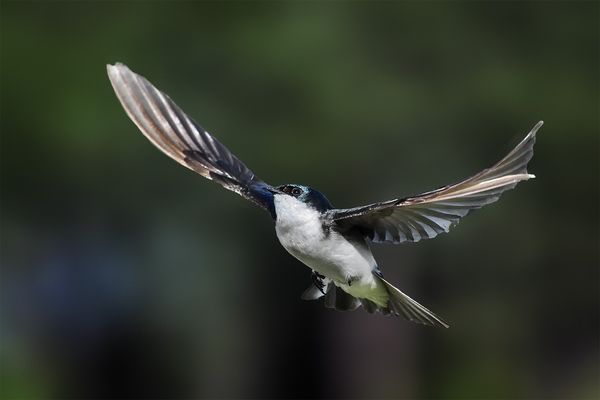
(Download)
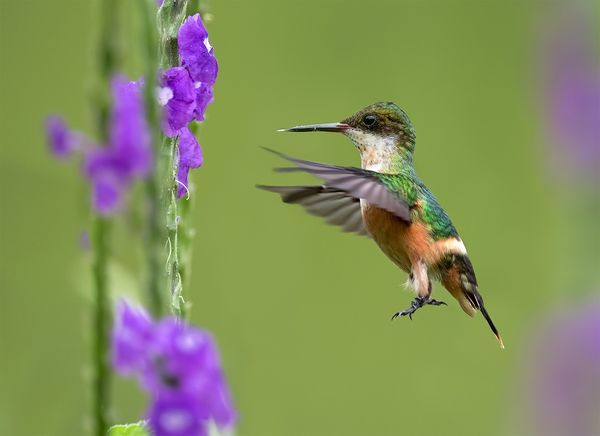
(Download)
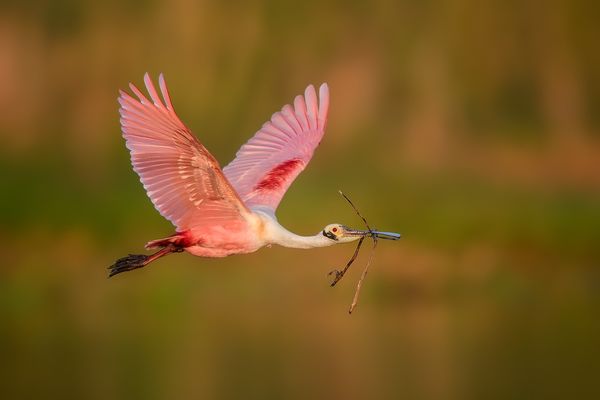
(Download)
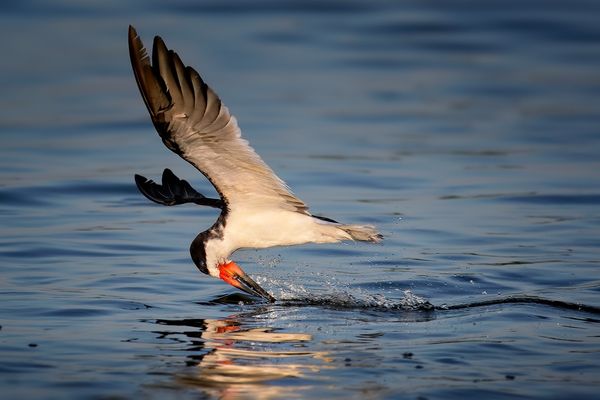
(Download)
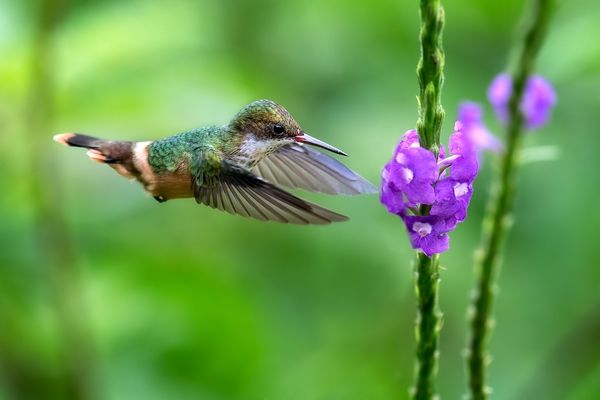
(Download)
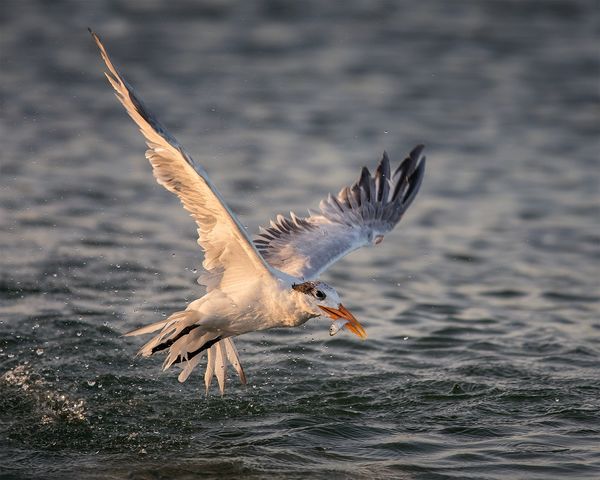
(Download)
Dec 19, 2018 09:34:21 #
Bullfrog Bill wrote:
What is the affect of taking a full frame (d850) and setting the image area to DX size? Is there a button that can be programmed to do this on the fly outside of the menu system?
You get very close to the exact same results as had you used a D500. You get like 19.4MP instead of 20.9, but it's very close. ISO performance is about the same between the cropped D850 and D500, although the D500 has a 1/3rd stop edge at really high ISOs (4000+)
You can set any programmable button to do it - I have a tutorial on just that topic in this article:
https://backcountrygallery.com/all-about-your-cameras-crop-modes/
Enjoy!
Dec 19, 2018 09:48:59 #
Dec 19, 2018 09:52:08 #
dsmeltz wrote:
So you have found the FF better for shooting birds at dawn, dusk and night?
Absolutely! I have been fortunate to spend a lot of time in subtropical environments where not only is it dark, but bird activity falls off markedly when the sun rises enough to penetrate the canopy. This is an example. This is a picture of a Zeledon's Antbird shot at dawn in Ecuador. It was taken with a 5D4, a 500 mm f/4.0 off a tripod. The settings were ISO 3200, f 4.0, SS 1/6. It was the best shot of a burst of 6. There has been no noise reduction applied but when I do it will be easy to to reduce it to the point where I retain good feather detail and a smooth background.
Dec 19, 2018 10:16:01 #
DavidPine
Loc: Fredericksburg, TX
Steve Perry wrote:
The crop camera will be better than cropping the full frame camera. I did a test with that scenario and you an see the results for yourself here:
https://backcountrygallery.com/cropping-full-frame-vs-shooting-a-crop-camera/
https://backcountrygallery.com/cropping-full-frame-vs-shooting-a-crop-camera/





Dec 19, 2018 10:20:04 #
Steve Perry wrote:
I think you have the reason I did the analysis bac... (show quote)
Ok. So it is situational. Choose the right tool for the job. If the subject is at a considerable distance tracking and acquiring focus may be much better with the reach provided by an APS-C, but if you are close enough to fill a good bit of the frame, the FF will deliver a better result.
Dec 19, 2018 10:35:09 #
49bentley wrote:
I would like to ask the readers for their experience shooting birds. What will give the best picture quality using a fixed focal length of 400mm lens: a Canon crop senor (7D mk II) or a full frame sensor (5D mk IV) after processing where the full frame sensor pic will have to be cropped more than the crop sensor? Thanks
I have both cameras and I also have a 500mm f/4 lens and a 100-400mm Mark II zoom. I use all of them for birding. I use the lighter 100-400 with the 7D Mk II most of the time when doing wild birding, but at the zoo I'll take my 5D IV and the 100-400mm lens. When I am going to a shoot where I know I won't be doing a lot of walking I'll bring the 7D II and the 500mm on a tripod with me. That's usually places like the lake where I'm looking for a specific bird like Osprey taking fish from the lake after they restock trout.
Dec 19, 2018 10:38:38 #
suntouched wrote:
From the people I follow on Flickr I would have to say the most consistently, outstanding, detailed images are shot with a Nikon 300mm f 2.8 lens on a Nikon D7200 camera (not a lightweight setup!). The photographer obviously is excellent at what she does and the combination works for her.
Nice job. This is exactly what I am looking for in answers to these kinds of questions. Reasonable testing as opposed to unsupported opinion. I would be interested in the test of the lower pixel crop vs. full frame higher pixel cameras. I would expect, of course, that you would lose the full frame advantage in ISO, unless an improvement in sensor technology has occurred in the newer high mp full frame since the pixel size would be about equal.
Dec 19, 2018 11:20:02 #
49bentley wrote:
I would like to ask the readers for their experience shooting birds. What will give the best picture quality using a fixed focal length of 400mm lens: a Canon crop senor (7D mk II) or a full frame sensor (5D mk IV) after processing where the full frame sensor pic will have to be cropped more than the crop sensor? Thanks
Very Interesting question...There are plenty of very experienced photographers here...I am just a beginner and am sharing a few snaps I have taken with my GX85 Micro Four thirds camera with the Lumix 100-300 mm Lens...Based on my limited experience,the longer the reach of the lens and the closer the zoom in,the better the pictures turn out to be...provided the focus is spot on as well...and I find that Micro Four third cameras despite their smaller sensor size do pretty okay handheld...Attaching a few snaps here.
I am thinking of getting a 100-400mm Lumix Lens and that should help increase the reach being equivalent to a Full frame 200-800mm field of view.
Pond Heron
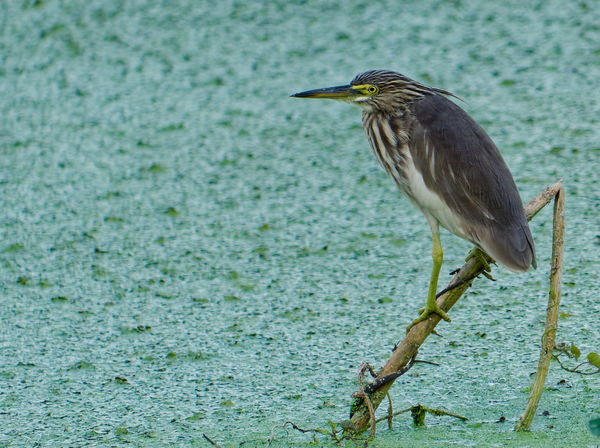
(Download)
Koel (Cuckoo species)
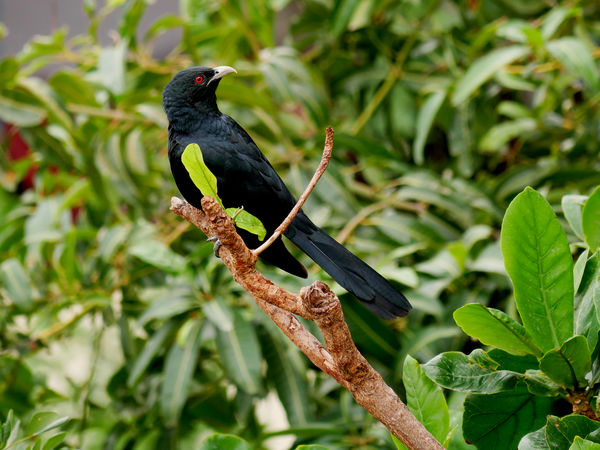
(Download)
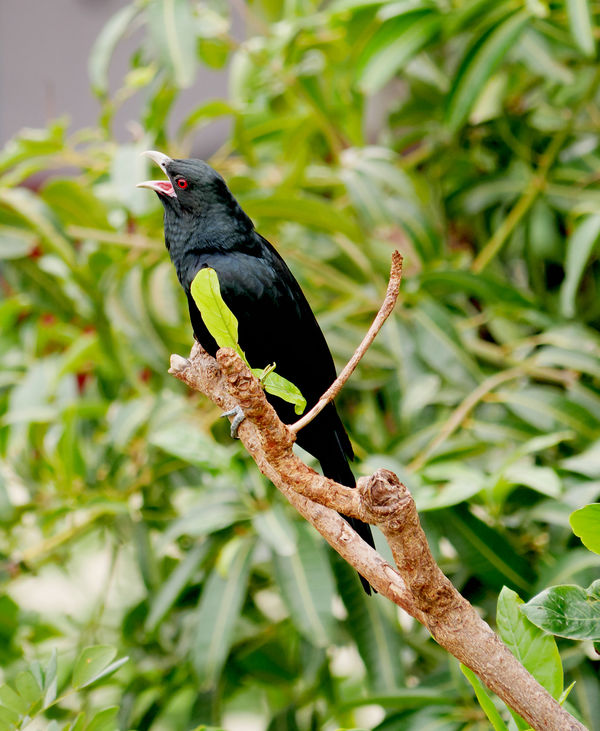
(Download)
Prinia
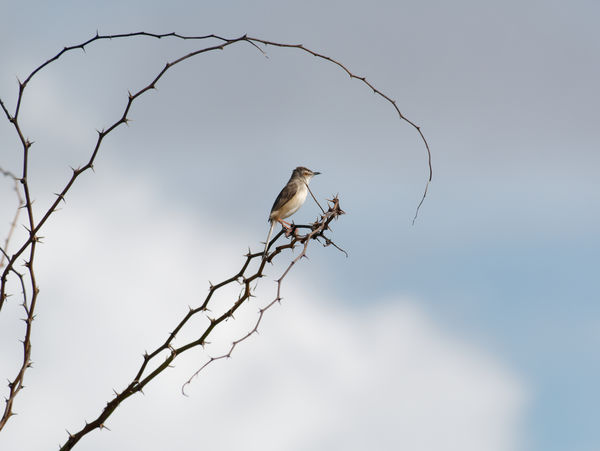
(Download)
Scaly Breasted Munia
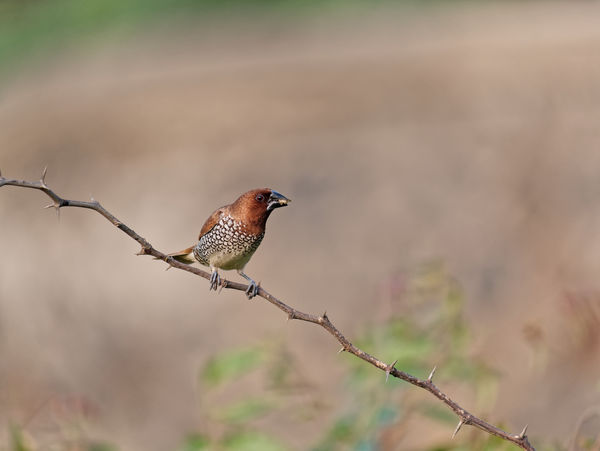
(Download)
Dec 19, 2018 11:23:37 #
Rashid Abdu
Loc: Ohio
The best pictures of birds, stationary, or in flight, were with my Nikon D4 mounted on Nikon 400mm f2.8 lens, with, or without telextender, on a tripod.
Dec 19, 2018 11:30:12 #
I have used the 7d M II with the 100-400L with good results, but recently added the full frame Canon R with adaptor, was able to enlarge photos of birds where the bird was small in the frame, but enlarged with better results than I have had with the 7D M II using the same 100-400L. My 2 cents for what it is worth.
If you want to reply, then register here. Registration is free and your account is created instantly, so you can post right away.



